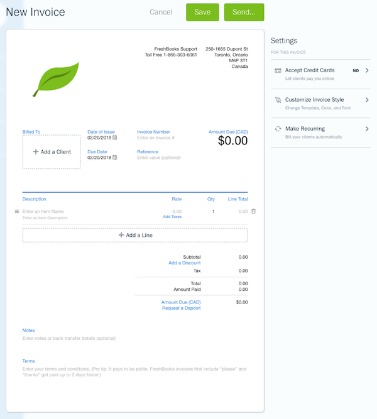
You enter the balance of your real-life bank account for whatever day you choose. We recommend setting the opening balance at the beginning of a bank statement. If your beginning balance in your accounting software isn’t correct, the bank account won’t reconcile.
There will be very few bank-only transactions to be aware of, and they’re often grouped together at the bottom of your bank statement. If the edits were made a few years ago, you’d have to undo all the reconciliations until the opening balance is correct. Lastly, finish 13 accounting tips to keep the books balanced the QuickBooks how to fix reconciliation discrepancies lesson.
By matching both statements, you can find discrepancies and correct them before creating profit and loss reports and balance sheets. The bank reconciliation procedure allows the detection of missing transactions, incorrect amounts, inaccurate accounts, etc. Therefore, it is a crucial procedure that cannot be missed. Reconciling a bank statement is an important step to ensuring the accuracy of your financial data.
Key Points to remember before you do the Bank Reconciliation process
- Create a separate login for your accountant to make it easy for her to work with you.
- To complete the reconciliation, make sure the difference shown is zero.
- Just like balancing your checkbook, you need to review your accounts in QuickBooks to make sure they match your bank and credit card statements.
- This is useful for comparing the totals in your books to the totals on your bank statement.
- With QuickBooks, you can easily reconcile bank accounts to ensure that the dollars you record are consistent with the dollars reported by the bank.
Read the steps you should take when closing out your small business’ books for the end of the fiscal year. Now, simply compare the transactions on your statement with what’s in QuickBooks. The tricky part is making sure you have the right dates and transactions in QuickBooks so you know everything matches.
Add bank-only transactions to your book balance

Employees log their hours, you review and approve them, and QuickBooks does the rest. Cut checks or pay employees via direct deposit, issue W2s at tax time, and file taxes electronically – all from QuickBooks. (If you’re in the middle of reconciling, stay on the page you’re on and skip to step 4). For other types of accounts, QuickBooks opens the Make Payment window. This lets you write a check or enter a bill to pay to cover the outstanding balance. If you don’t want to record a payment, select Cancel.
We recommend reconciling your checking, savings, and credit card accounts every month. We strongly recommend performing a bank reconciliation at least on a monthly basis to ensure the accuracy of your company’s cash records. The information on your bank statement is the bank’s record of all transactions impacting the company’s bank account during the past month.
Common errors and how to avoid them
Learn from these 10 common accounting mistakes to make improvements in your business. Easily run financial statements that show exactly where your business stands. Access your cash flow statement, balance sheet, and profit and loss statement in just a few clicks. Schedule reports to be generated and emailed daily, weekly, or monthly. Start by reviewing a previous reconciliation report. If you reconciled a transaction by mistake, here’s how depreciation definition and calculation methods to unreconcile it.
Step 4: Compare your bank statement and QuickBooks
Remember that transactions that aren’t accounted for in your bank statement won’t be as obvious as bank-only transactions. This is where your accounting software can help you reconcile and keep track of outstanding checks and deposits. knowing your customers Most reconciliation modules allow you to check off outstanding checks and deposits listed on the bank statement. Sometimes, users make reconciliation adjustments to force an account to match its corresponding bank statement.
